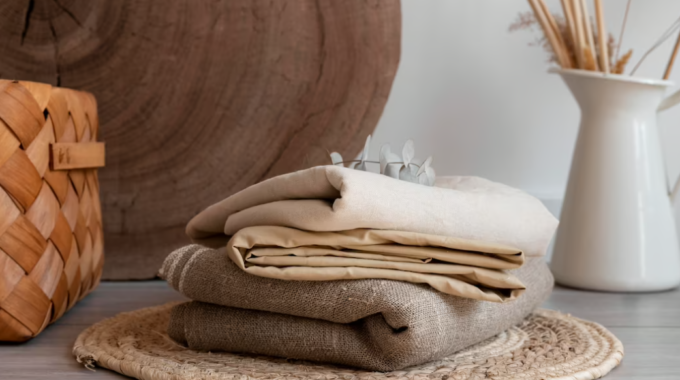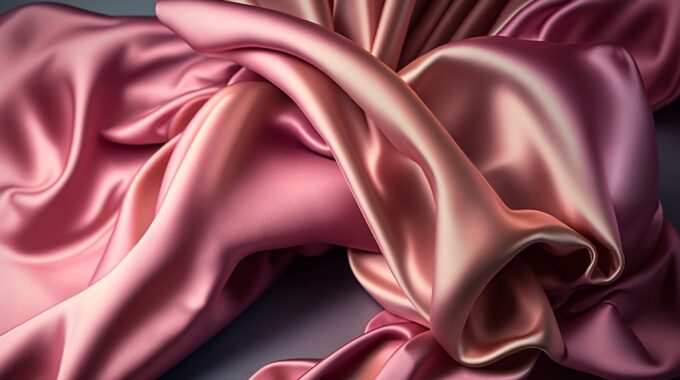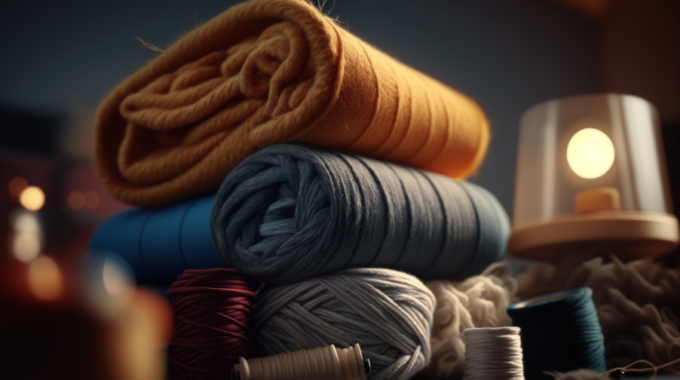In the realm of fabrics, there exists one that reigns supreme in terms of elegance,…

Avoid looking at only colours while shopping!
When you walk into a textile or a clothing store, what is it that you see first? The most common answer would be colours. We walk in and look around at all the colours floating around us – some bright and other pastel hues.
The next thing that comes after the preference for colours is the material. We pick different kinds of materials for different purposes. Even when selecting fabrics for manufacturing the clothes, businesses will look into the usability of the fabric and how relevant it is for the purpose of clothing.
If it is a sportswear or an activewear then stretch fabrics are preferred, most of which are produced using spandex. If the clothes are for more casual occasions, something light-weighted like cotton and its soft blends will be preferred.
When we are selecting the apparel, we see how soft or stretchable it is, how comfortable it feels on the skin, etc. All these characteristics come from different types of fabric blends. Virgin materials are blended with a portion of other materials to gain diverse characteristics in the final product.
Other than using 100% linen or 100% hemp, various fabrics can be produced using blends of these fibers using cotton, polyester, modal, etc. The plants of linen and hemp are known for how low maintenance they are. The crops of hemp require less amount of water and energy thus saving both resources to a large extent. This makes the material sustainable for the environment.
Blends with cotton are what most of us have normally seen in our everyday clothing. Let’s explore that deeper.
Cotton fabric and its blends
For most products, blends of materials are preferred for the added advantages. Blends are vastly used as mixing two materials will enhance the properties of the final product. Again, these blends are paired based on the characteristics that are to be derived at the end. The most commonly used blend is that with cotton in the textile industry.
Cotton fibers can be blended with various other natural and synthetic fibers. The most common one of these would be that of cotton and polyester. The different fibers that cotton blends nicely with are as follows:
Natural fibers
- Linen
- Hemp
- Silk
- Wool
- Bamboo


Synthetic fibers
- Nylon
- Polyester
- Spandex
- Acrylic
- Bemberg

Semi-synthetic fibers
- Tencel
- Viscose
- Modal
The fiber threads are then made into fabrics. These fabrics are offered in two basic types: woven and knitted.
The woven fabrics will include various subtypes as well. These include Satin, Twill, Canvas, Cord, Dobby Designs, Flannel, Chino/Drill, Plain, etc.
The knitted fabric types consist of Waffle, Single Jersey, Jersey Cords, Pique, Honey Comb/Lactose, Fleece, French Terry, Rib, and Interlock.
These fabrics are vastly preferred for clothing, home furnishing, towels and bed sheets, and other accessories due to their prominent characteristics of comfort. These fabrics are also available in various finishes like wrinkle-free, easy to iron, anti UV, managing moisture, stain resistance, and much more. All these traits contribute to being a convenient fabric to wear and use in everyday life.
Sustainability being the buzzword in the current years, one can ask for it here as well. The fibers for these blends can also be made from recycled materials. One can request 100% organic cotton or recycled cotton polyester fabric. Recycling materials is now a common practice in most industries. It allows them to get access to a high amount of raw materials whilst preserving nature.
One can also get a GRS certified fabric that assures the quality and the fact that the fabric has truly been produced from recycled materials. This certification is proof that the process has been verified.
So, the next time you go shopping for apparel or even home textiles, look out for a combination of fabrics along with different groups of colours.
Follow us on LinkedIn for more updates



